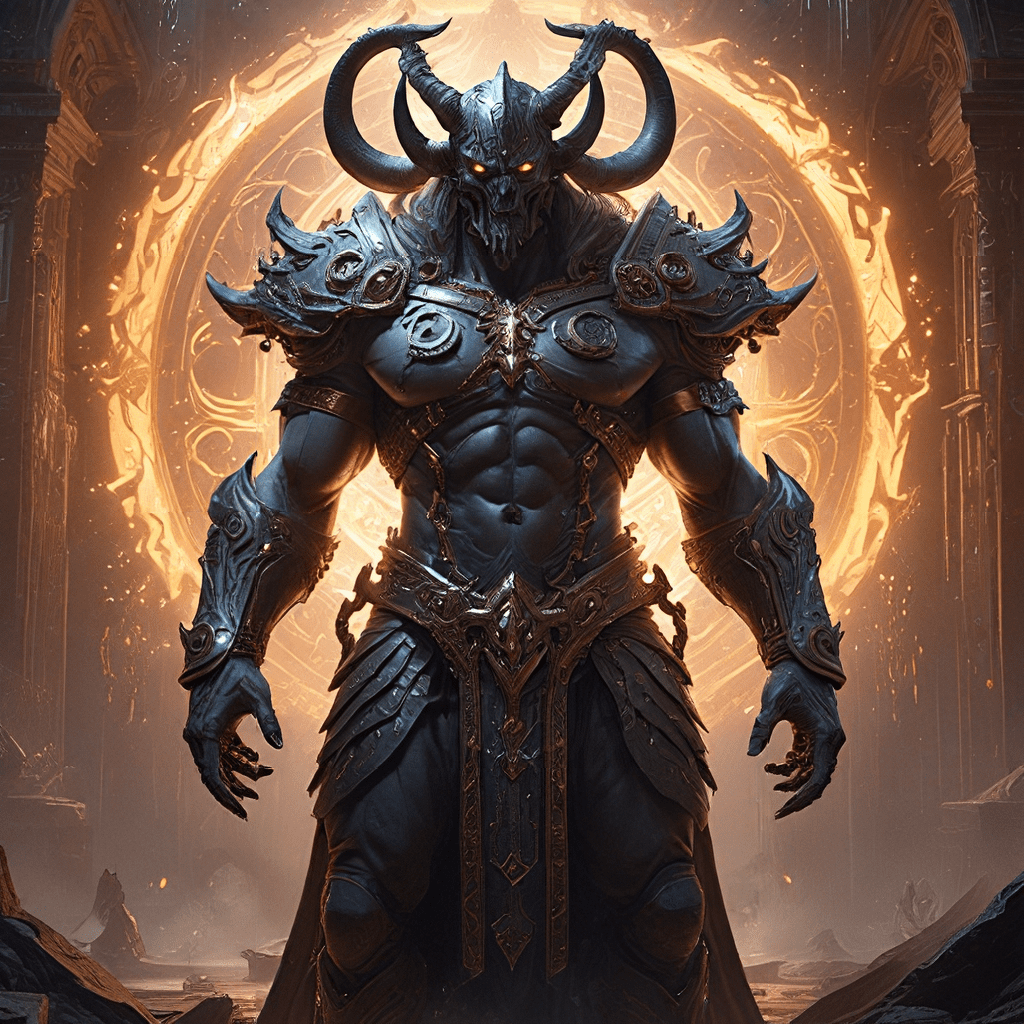Set: A God of Chaos and Destruction
In ancient Egyptian mythology, Set is a complex and often misunderstood deity. Commonly depicted as a fierce, red-haired god with the head of an animal, usually a jackal or a donkey, Set is often associated with chaos, violence, storms, and the desert. He is a powerful force who represents the wild, untamed aspects of nature. As the god of darkness and disorder, Set often stands in opposition to the forces of order and harmony embodied by the sun god Ra and his son, Osiris.
The Role of Set in Egyptian Mythology
Set plays a significant role in many Egyptian myths and legends. He was considered a powerful god, and his influence could be felt in both the natural world and the lives of mortals. He is often depicted as a rival to Osiris, the god of the underworld. The rivalry between Set and Osiris is a cornerstone of Egyptian mythology, reflecting the ongoing struggle between order and chaos, life and death, creation and destruction.
Set’s Nature and Attributes
The ancient Egyptians viewed Set as a formidable and fearsome deity. He was often depicted with a fierce expression, a powerful physique, and a distinctive red-brown skin. He was associated with several animals, including the jackal, donkey, and hippopotamus, all of which symbolize strength, ferocity, and unpredictability. Set was the god of storms, deserts, and the wild, representing the untamed and chaotic forces of nature. He was a warrior god who embodied the unpredictable and often destructive power of nature.
The Myth of Set’s Killing of Osiris
One of the most famous myths involving Set is the story of the murder of Osiris. Osiris was the benevolent god of the underworld, revered for his role in ensuring the cycle of life and death. Set, motivated by envy and ambition, tricked Osiris into entering a coffin that he then nailed shut and cast into the Nile River. This act of betrayal and violence shook the cosmic order and plunged Egypt into chaos. Osiris’s wife, Isis, managed to locate and retrieve his body, and she was able to resurrect him so that he could rule the underworld. However, Set, enraged by the resurrection of Osiris, tore his brother’s body into fourteen pieces, scattering them across Egypt. This myth illustrates the destructive power of Set and the ongoing conflict between good and evil.
Set’s Connection to Deserts and Storms
Set was closely associated with deserts and storms, two of the most unpredictable and dangerous forces of nature in ancient Egypt. His connection to these elements reinforces his role as a deity of chaos and destruction. He was viewed as a god who could bring both drought and floods, making him a source of both fear and awe. The Egyptians believed that Set’s power could be both destructive and creative, as he could bring about storms that could both destroy crops and replenish the land with rain.
Set’s Role in the Underworld
Despite his chaotic nature, Set also had a role in the underworld. He was believed to be a powerful force in the realm of the dead, and he had the ability to both punish and protect the souls of the deceased. Even though he was the one who killed Osiris, Set was sometimes associated with the god of the underworld, perhaps reflecting the belief that even death and destruction could play a role in the natural order.
The Negative Aspects of Set’s Character
Set’s association with chaos, violence, and destruction made him a fearsome and often unpopular figure in ancient Egypt. He was seen as a force of negativity that could threaten the established order and disrupt the harmony of the world. His association with the desert, a harsh and barren environment, further cemented this negative perception.
The Positive Aspects of Set’s Character
While Set was often portrayed as a destructive force, he also had a more positive side. He was associated with the concept of renewal and rebirth, and he was believed to have the power to overcome obstacles and achieve victory. He was also seen as a protector of the weak and the oppressed, and he was often invoked in times of crisis. Set’s association with storms and deserts also reflected the ancient Egyptians’ understanding of the cyclical nature of life and the importance of embracing the power of the natural world.
Set as a Necessary Force of Balance
Set’s role as a god of chaos and destruction was not entirely negative. The ancient Egyptians believed that Set’s power was necessary to maintain balance in the universe. Just as the sun god Ra brought light and order, Set represented the darkness and chaos that were necessary for life to continue. He was a reminder that even the most destructive forces could serve a purpose in the grand scheme of the cosmos.
The Legacy of Set: From Demon to Protector
While Set’s role in ancient Egyptian mythology was complex and often contradictory, his legacy is one of enduring power and influence. He is a reminder of the duality inherent in the natural world, where darkness and chaos can be as important as light and order. He was not simply a god of evil or destruction, but a complex and powerful figure who represented the untamed forces of nature. The legacy of Set is a testament to the enduring fascination of humans with the mysteries of life, death, and the forces that shape our world.




